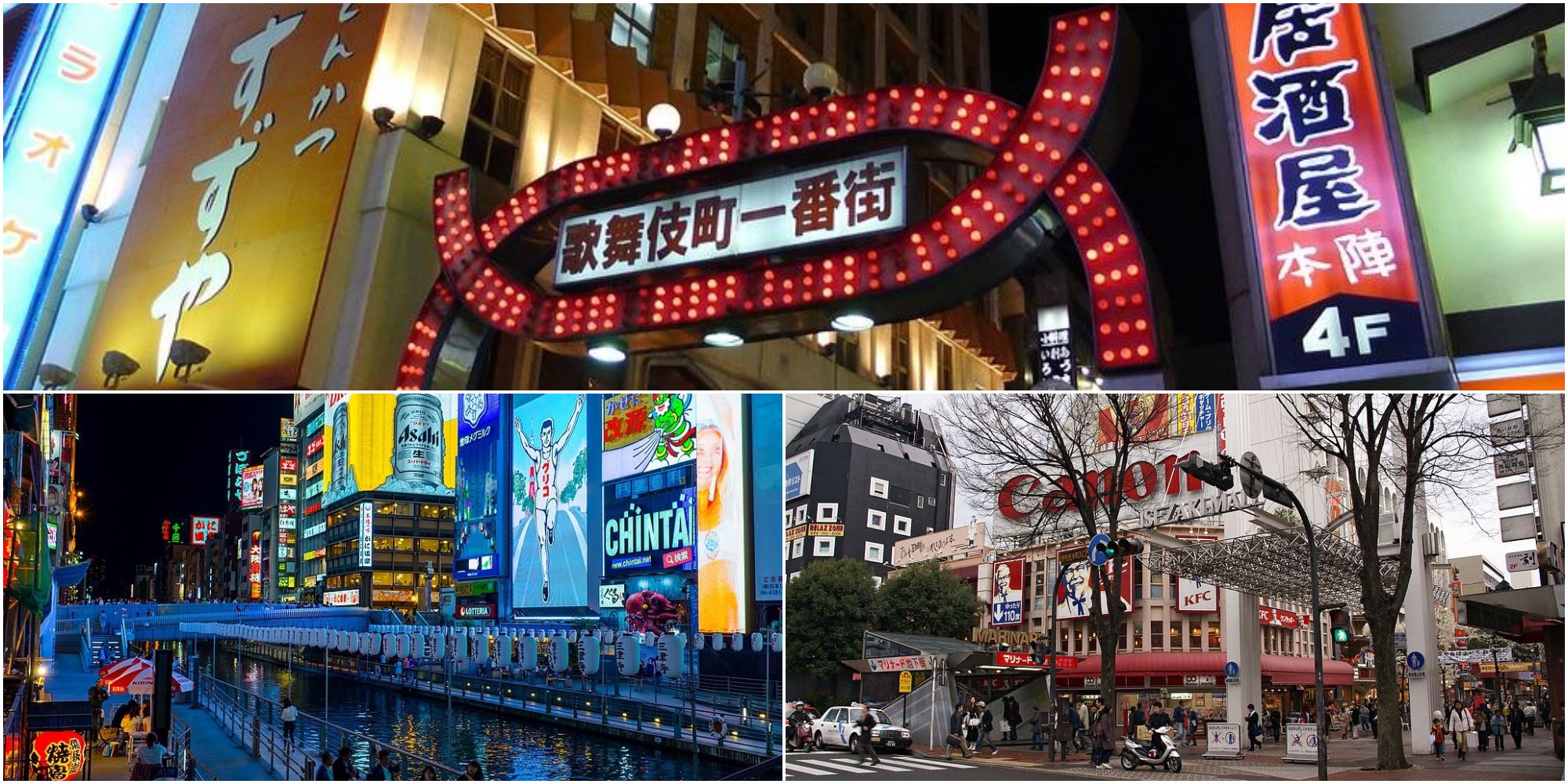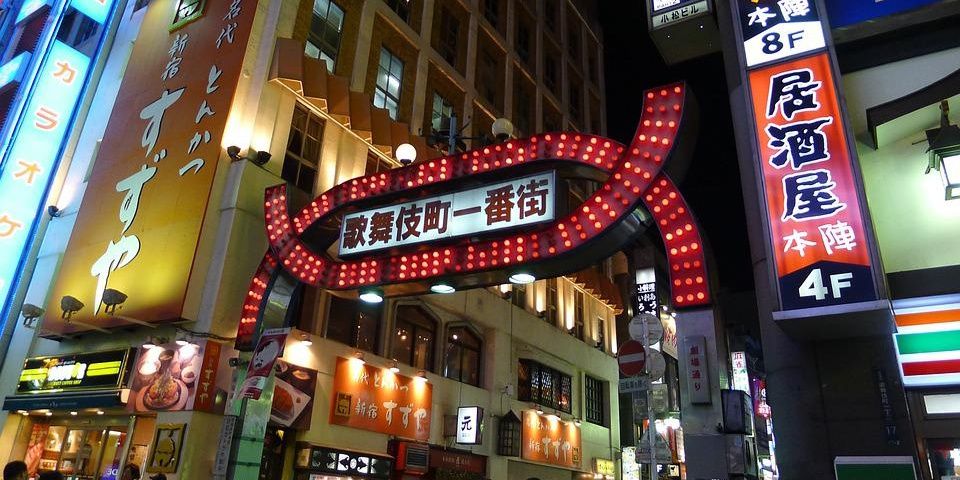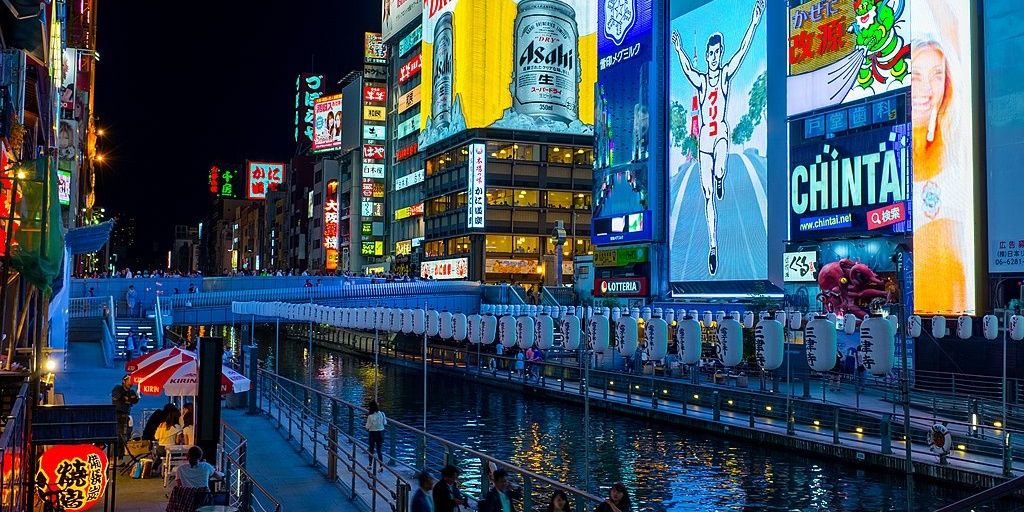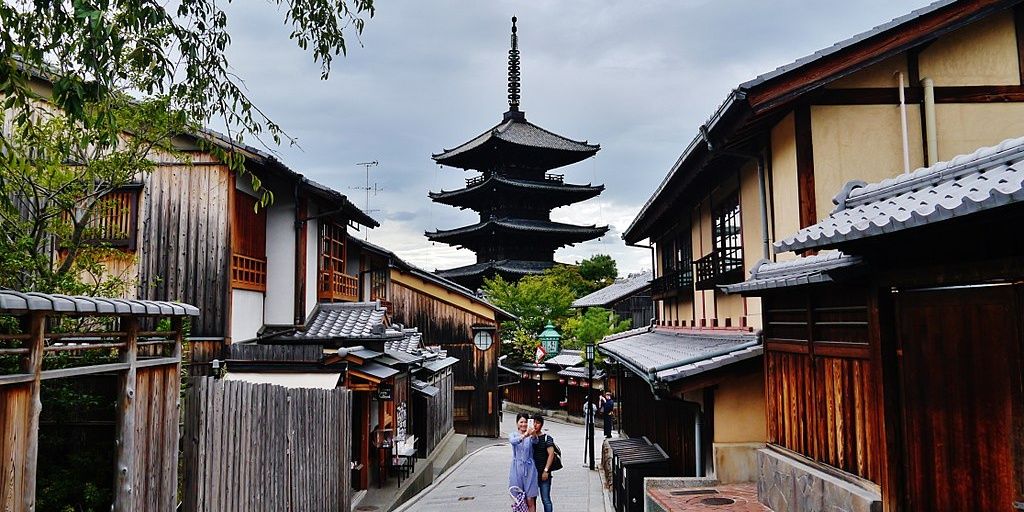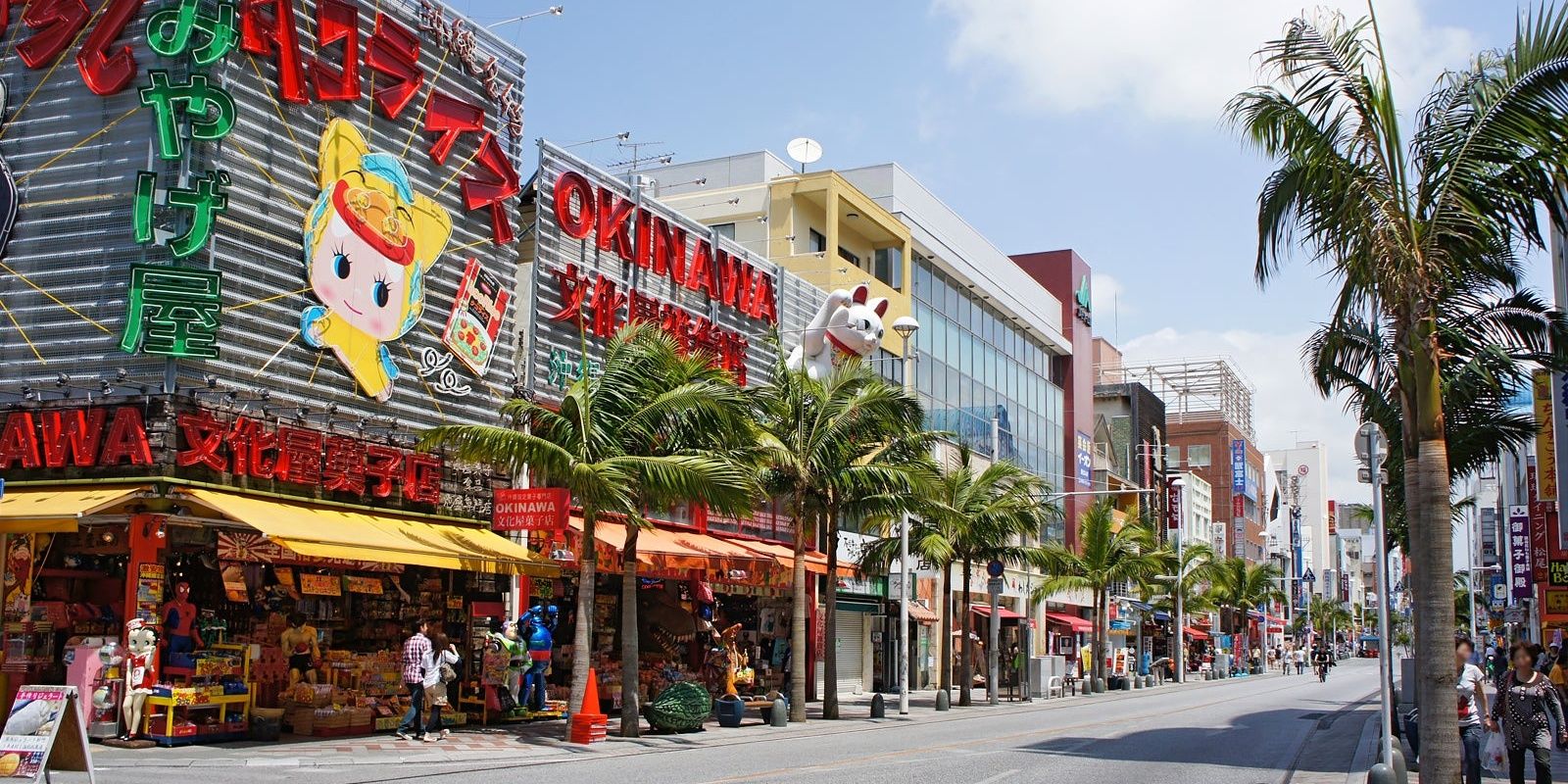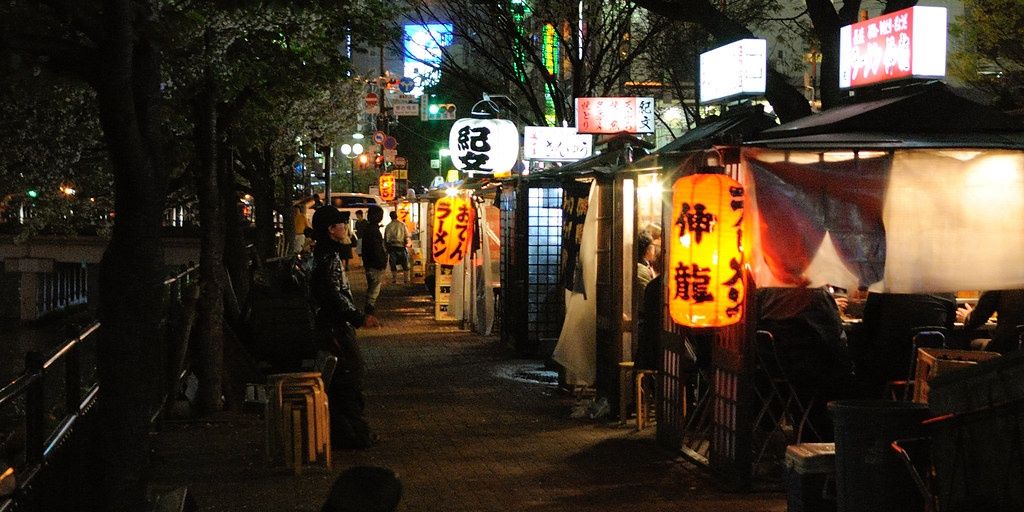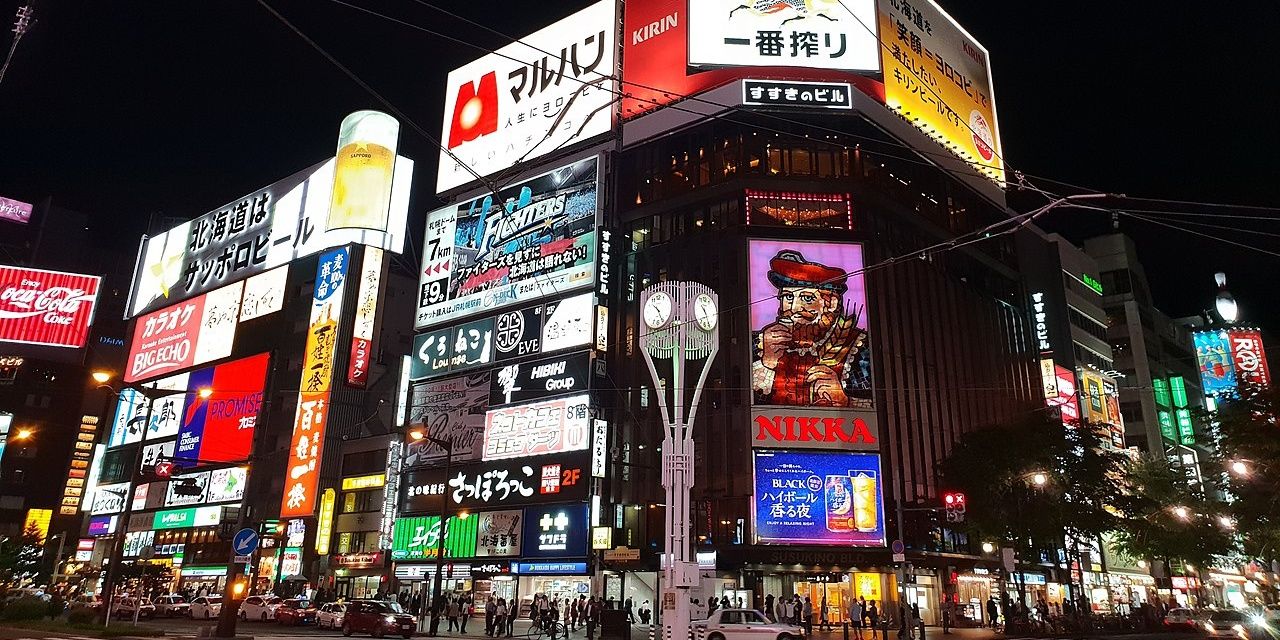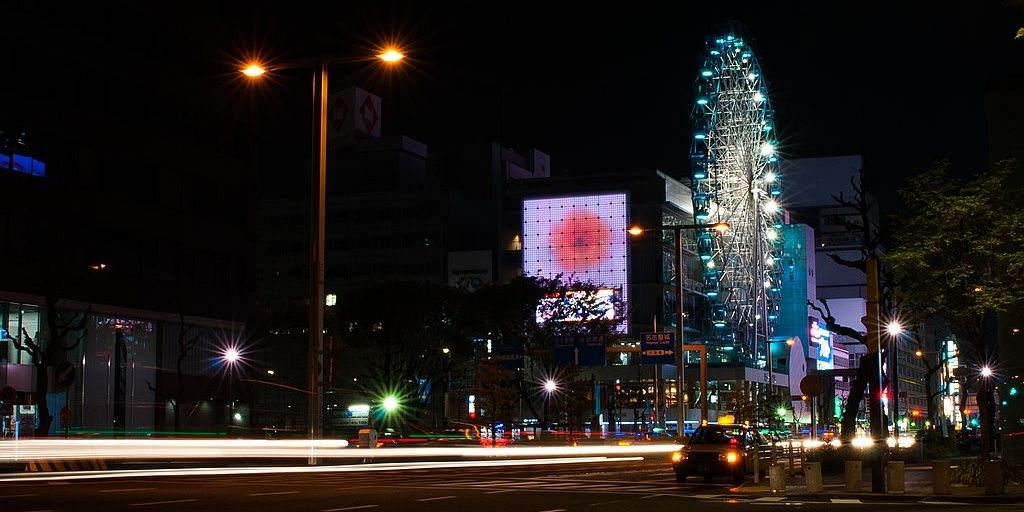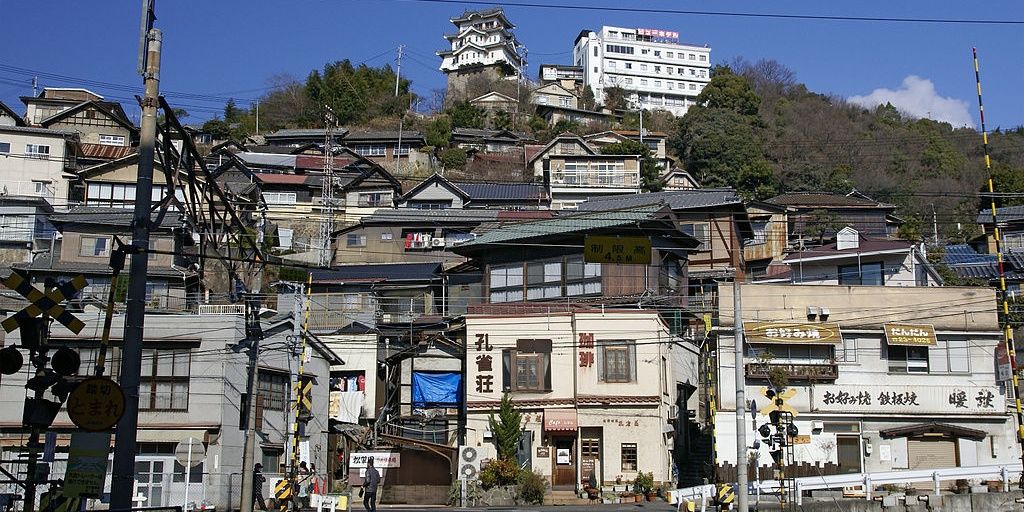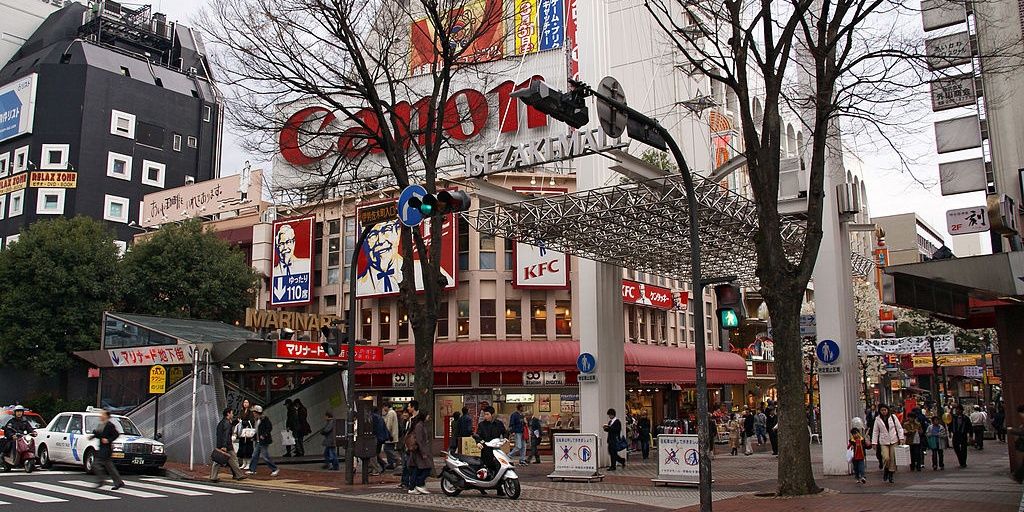Real-life cities have always been an influence on sandbox games. Los Santos in Grand Theft Auto: San Andreas took inspiration from Los Angeles. New Marais in InFamous 2 is blatantly based on New Orleans. Though there aren’t too many games that literally use an actual city and its layout for its setting.
The Getaway did that for London, Prototype and Marvel’s Spider-Man tweaked NYC a touch, and the Yakuza series has used multiple districts across Japan. They changed the names, but they’re so close to the real deal people could almost use the in-game maps as actual maps. For eager Yakuza fans willing to travel, these are the places to look out for once Japan opens back up for travel.
9 Kabukichō, Shinjuku, Tokyo
Credit: TonyLee0619
Few games could reuse the same location across 10+ games and get away with it. But Sega managed to do that with Kamurochō, which has featured in all the mainline Yakuza games. The developers have been coy about openly saying which district inspired what section. But if one were to walk north from Kabukichō’s Ichiban Street Gate (instead of Tenkaichi Street), they would come across a square of theaters like in Kamurochō.
Then, east from there and past Sakura Street (instead of Pink Street), they’d eventually come across the Golden Gai: a cramped section of small pubs and bars like the Champion District. There’s even a Millennium Tower equivalent in the Toho Building. What the games haven’t included (yet) are the Godzilla model on one of the cinemas, and the Robot Restaurant: a more grown-up and impressive version of Chuck E. Cheese’s where one can dine and see robots perform on stage.
8 Dōtonbori, Osaka
Credit: Kristoffer Trolle
Sotenbori’s real-life equivalent has appeared in more video games than just the Yakuza series. SNK VS Capcom: Match of the Millennium used its Ebisu Bridge (Yakuza’s Iwao Bridge) as a stage. While its console brother Capcom Vs SNK used the nearby Shinsekai (Yakuza 2’s Shinseichō) as another stage.
But Sotenbori is the most expansive and accurate of the bunch, right down to the river boats, the giant crab outside Kani Dōraku, and the big blowfish by Zuboraya. A few things did get changed for the games though. The Glico Running Man became a beer-chugging Muscle Man. Then, most shocking of all, the Don Quijote branch was moved south of the river instead of north.
7 Gion, Kyoto
Credit: Zairon
Kyoto is where most of Japan’s historical buildings and landmarks survive. So, it was the perfect place to set Yakuza Kenzan and Ishin, the Japan-exclusive samurai spin-off games. Gion was the city’s premier entertainment district during the Sengoku and Edo periods. It was particularly famous for its geisha houses, where some geisha and their maiko apprentices still work today.
However, given the Edo Period ended about 150 years ago, things have changed a touch since then. The district has more modern features like pachinko parlors and betting places nowadays. But classic constructions like Kiyomizu Temple and Nijō Castle can still take visitors back to the past.
6 Makishi, Naha
Credit: 663Highland
In Yakuza 3, protagonist Kazuma Kiryu moves to Okinawa in the Ryūkyū Islands. Which is about as far away from Tokyo as one can get without leaving Japan. The city section in the game is called ‘Downtown Ryūkyū’, which is rather like calling Honolulu ‘West USA’. In real life, it’s the Makishi district in Naha, Okinawa’s capital city since 1429.
The game accurately places a lot of its landmarks, like the monorail station, International Street (called Ryūkyū Street in-game), and the Public Market where fresh produce can be bought or sold. The chances that visitors will have to fight back against the mob with a tuna like Kiryu does are low. Though that doesn’t mean they’re 0%.
5 Nakasu, Fukuoka
Credit: Ethan Kan
If people outside of Japan found Sega’s attention to detail impressive, the Japanese fans were even more awestruck. They asked Sega if they could put their home city in the games at some point. So, Yakuza 5 came along and introduced 3 new cities alongside Kamurochō and Sotenbori. The first was Nagasugai in Fukuoka, based on Nakasu, the city’s red-light district.
Like its game equivalent, the district is basically a big rectangle of buildings between two rivers. It's why it's called ‘Nakasu’ (中洲), or ‘between rivers’. It has the usual mix of bars, restaurants, and hostess clubs. But it also has yatai- small, mobile stalls that sell noodle dishes. They are to Fukuoka what hot dog stalls are to NYC. Yakuza 5 even has a mini-game where Kiryu has to cook the noodles very soft, very hard, or anywhere in between those points to fit the customer’s liking
4 Susukino, Sapporo
Credit: Choi2451
Yakuza 3 went far south, so it’s only natural that Yakuza 5 goes far north to Hokkaidō for its second city. Technically it starts off at Abashiri Prison, which has featured in shows like Golden Kamuy. But once secondary protagonist Taiga Saejima breaks out of there and leaves the mountain village, he ends up in Tsukimino, based on Sapporo’s Susukino district.
Officially, Susukino isn’t the name for Sapporo’s Central Ward. But the locals have been calling it that since the 1870s. It’s even listed on tram and subway stations. The district is also notable for its LGBTQ+ clubs. Just don’t go racing on the streets to get to them. Hokkaidō gets a lot of snow and ice, and Susukino is no exception. If a path hasn’t been gritted properly, eager visitors will end up sliding from one end of the street to the other. At least that way, they might get to see the section’s beautiful snow sculptures before they crash.
3 Nishiki, Nagoya
Credit: Faustino Garcia
Wait, Nishiki?! Yakuza 5’s third new city, Kineichō, is based on the Nishiki San-chōme section of Nagoya’s Sakae district. Nishiki also happens to be the nickname for Yakuza 1’s main villain Akira Nishikiyama. It’s just a coincidence though. ‘Nishiki’ (錦) is a reference to the Nishikigoi carp fish, which can be found tattooed on Nishikiyama’s back and eaten in Nishiki San-chōme’s restaurants.
Like the other maps, Kineicho’s big landmarks are based on ones that can be found in Nishiki. Mid-Square is based on Hisaya Ōdori Park, where visitors can find the TV tower and Oasis 21 Mall. The Ferris Wheel is also a real thing visitors can go on. Sadly, Yakuza 5 never took advantage of these locales. Maybe Kineichō could return in a new game one day.
2 Onomichi
Credit: 663Highland
If Yakuza fans were doing a road trip through the game’s locations, Onomichi in Hiroshima Prefecture would make a nice midway stop between Osaka and Fukuoka. Its own downtown section, Shingai, inspired Yakuza 6’s Jingaichō. The city’s ports, cramped streets, and humble hillside houses are faithfully adapted. It’s a good balance between the busy Kamurochō and the empty Downtown Ryūkyū.
The town even popped up in Yasujirō Ozu’s classic film Tokyo Story as the hometown for the film’s elderly couple. Sadly, the town’s mascot isn’t Ono Michio from the games. Instead, it’s MonMon Lemon-chan, a similar, lemon-headed figure in an orange dress. While it’s less funny than Ono Michio, it’s also less freaky than other cities' mascots, like Kumamoto’s notorious Kumamon.
1 Isezakichō, Yokohama
Credit: 663Highland
The Yakuza series has often been called the spiritual successor to the Shenmue series. So, when the revamped RPG follow-up Yakuza: Like A Dragon shifted to Yokohama, it felt like the series did a 360. After all, it was the same city where Ryo Hazuki’s adventure started back in 1999. Only instead of Dobuita, Kasuga Ichiban starts off in Isezaki Ijinchō, based on Isezakichō.
Yokohama is known for its Chinese population, hence why the early games used the city as the Snake Flower Triad’s Japanese base. It may also be why they named the place ‘Ijinchō’, as the ‘Ijin’ (異人) part means ‘foreigner’. The real Izezakichō is also one of Yokohama’s key shopping districts, with Isezaki Mall recreated in the game as ‘Isezaki Road’. Tourists with money to burn should have a whale of a time exploring the area.

